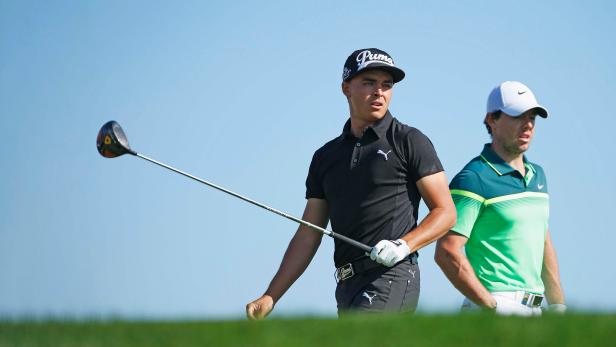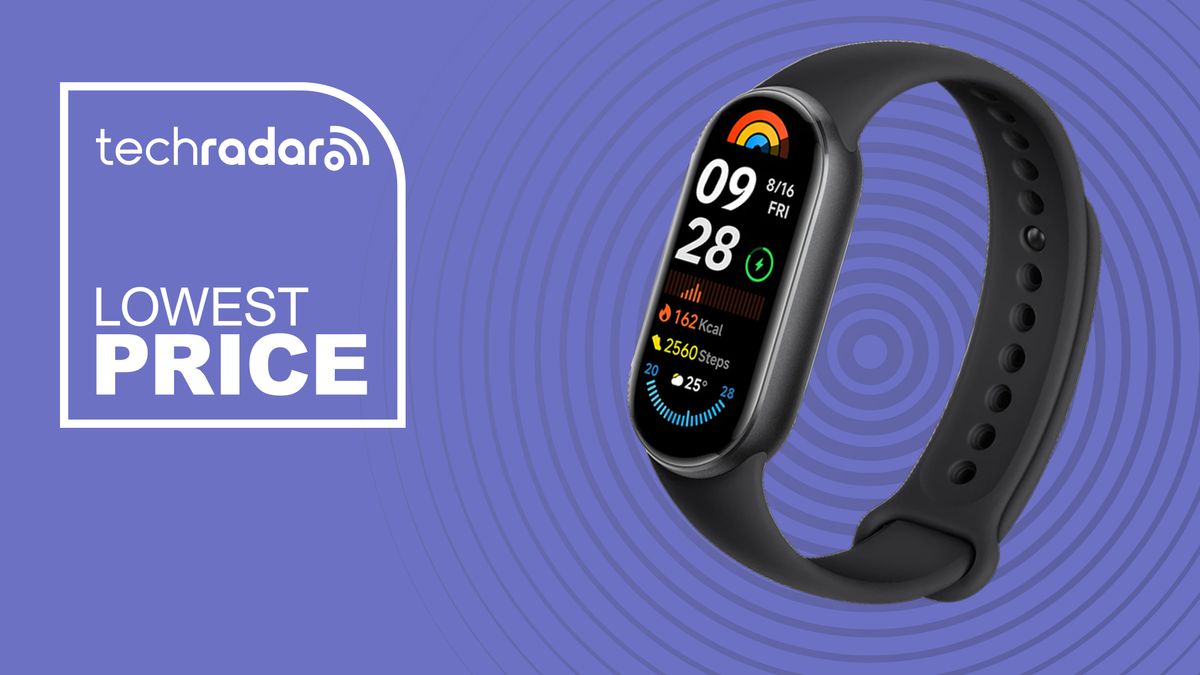Fashion
What’s next? The minds behind some of golf’s biggest fashion brands offer their visions

Golf style is having a moment. Rounds played are up 20 percent since the pandemic with increases in play among young people, women and people of color. This surge is fueling in part a greater democratization in golf fashion with influences from the street, skateboarding and hip-hop. Golfwear makers are also borrowing from their contemporaries in high fashion, evoking heritage, quality and versatility over just sweat-wicking. This moment raises a few questions, such as where does on-course style go from here?
When the dust settles on golf’s new peaking popularity, which brands will be standing? We spoke with Scott Mahoney, CEO of Peter Millar; Billy Draddy, creative director at Summit Golf Brands (B.Draddy/Fairway & Greene/Zero Restriction); John Bourne and Alex Holderness, founders of Holderness & Bourne; John O’Donnell, the man behind Johnnie-O; Julien Tornare, CEO of TAG Heuer; and David Lauren, chief innovation officer at Ralph Lauren, to paint the bigger picture. The interview has been edited for concision.
Consider this a signal you’re going to see more knit polos on tour soon. (Billy Horschel in RLX)
Ross Kinnaird
Golf Digest: How do you see the landscape in 2024?
Billy Draddy (B.Draddy/Fairway & Greene /Zero Restriction): Golf style has never been more off the wall. When we came out of COVID, a lot of people were bringing looks to the course that really hadn’t been approved by their friends. It just opened an avenue for really loud prints. We’re hitting the peak of that right now. There are so many more influences. As a brand, you just have to absorb what you’re seeing and then see how it applies to your brand.
Julien Tornare (TAG Heuer): With about 60 million golfers worldwide, it’s normal that different layers of the population will start entering the sport and challenging the status quo. That’s what’s happening right now.
David Lauren (Ralph Lauren): We’re seeing a desire to return to a more classic style and spirit of heritage—sort of a quiet luxury—both on and off the course. Our customer is looking for beautiful and thoughtfully designed pieces that can take them from the course to a board meeting to a school drop-off seamlessly. We’re looking at how to build our collections with a broader lens with versatile lifestyle pieces like knits, cashmere and layering pieces that live beyond the course and that are comfortable.
‘Everybody has their own style, and style is much more stable than fashion, which changes and bounces around.’
What are some of the details you and your customers connect on?
Scott Mahoney (Peter Millar): Performance products dominate our sales, but there’s a luxury element to them—the finishes and the blends that we use. Luxury is not price. It’s finding the finest fabrics and incorporating them into your line: how you source it, how you design it, how you style it, how you shape it and the buttons and trims you use. It’s all part of it.
Alex Holderness (Holderness & Bourne): The people who buy our brand, for the most part, are not chasing fashion. That probably describes most golfers. Even on the younger side, we see guys who care about tradition, the decorum of the game and looking appropriate for it. They’re not trying to make a big statement. They just want to have something that fits well and performs. The audience we cater to inclines toward classic style.
Prints and patterns are whispering more than shouting these days. (Cam Young in Peter Millar)
Harry How
David Lauren: There’s such tradition in golf, but it’s still a game, and it’s fun, and that’s reflected in what you want to wear. Our iconic polo has always been a canvas to experiment with pattern, color and construction like bold florals, vibrant colors, crazy prints and classic patterns. We have a team of artists who hand paint our new patterns for every season, and recently we’ve been exploring how smaller-scale prints can impact wearability. We’ll always have a few bold, large-scale prints for golfers who love to make a statement. It’s about self-expression.
John O’Donnell: When I started Johnnie-O, our four-button polo with the left chest pocket was all cotton. The designers came in and said, “We need to go 95 percent cotton, 5 percent spandex.” It’s great because it washes and doesn’t wrinkle as much, but now I have guys beating on my door saying, “Will you bring back the 100-percent cotton shirt?” It’s not a secret I want to bring it back. I still like it, too! It gets kind of grungy, and you wear it to get a cup of coffee, and it looks worn. Maybe sometimes wrinkles are kind of cool!
Talk about some of the ideas you’re excited about.
Alex Holderness: I love the idea of an elevated track jacket or varsity jacket, something that’s got a lifestyle vibe, almost like a bomber silhouette. Maybe it’s got a blade collar or maybe it’s got a more structured stand collar.
Not your average quarter-zip—that texture adds personality. (Ben Griffin in Holderness & Bourne)
Christian Petersen
Billy Draddy: We use Scottish cashmere because it doesn’t pill. You can have it for 10 years, and it’s not going to look like a cat fur ball, which is what you get from a lot of the disposable cashmere sold the past decade. Ours isn’t going to feel as soft and plush right out of the package, but it will get there like a pair of denim jeans over time. It’ll become your favorite sweater, start to mold to your body, and that’s when it really gets good.
Scott Mahoney: It’s about making the effort to really understand where there’s opportunity. Whether it’s soft coats from Romania, whether it’s sweaters that are hand knit outside of London, it’s finding the finest mills and finest yarns and turning them into incredible garments that last, and this is a tactile business we’re in. It’s the feel, and I think that’s where we really win.
Is the print era over or has it grown up?
Scott Mahoney: Prints have been among our best-sellers every season, and it used to be the crazier, the better. We’ve really gotten away from that. We’re doing beautiful geometrics. What you would find to be classic tie prints are what we’re going forward with. You still see on tour the crazy print look, but it’s looking tired. Clean stripes, solids, beautiful colors and elegant combinations are where we’re living right now.
Versitile lifestyle pieces like cashmere can live beyond the course. (Patrick Cantlay in B.Draddy)
Ronald Martinez
Billy Draddy: With Draddy, our prints were always whimsical—tie-dyes, watercolor lilies, watercolor painted stripes. That has continued to evolve. If Fairway & Greene was a suit, it would be a Brooks Brothers, and the prints must be within that world. Neat-type geometrics do well for us. For Draddy, it can be whimsical and still work for our brand.
Alex Holderness: We realized that micro prints are just our attitude—tasteful rather than tacky executions. Even if they’re novelty prints, they’re small; they’re not overly comical. Often we end up doing abstract geometric prints. A lot of that ethos came from our necktie collections that we inherited from our dads that had cool little repeats that ended up looking almost like a textured solid from 10 feet away. They’ve got visual interest up close, but they’re tasteful.
David Lauren: We have an incredible archive to pull inspiration from going back to 1967 when my father founded the company. Much of what we created 30 or 40 or 50 years ago still resonates. Take the Polo shirt. It was introduced more than 50 years ago and is one of the most iconic pieces in fashion history. It has been worn by presidents, musicians, actors and some of the most famous golfers in the world. It’s sort of the de facto uniform in the game.
What do you think of the recent influx of high-fashion brands in golf?
Sam Bennett shows some So-Cal steez with this Johnnie-O print.
Michael Reaves
Billy Draddy: It’s a good thing. The rising tide helps all, but I’m also old enough to have seen this before. All of a sudden, these luxury brands show up, creating booths at the PGA show, and they are investing in golf, and it’s great for the business. We know who our customer is, and if there’s a real fashion customer who wants something from LVMH and now they have golf stuff, I think that’s awesome.
John Bourne (Holderness & Bourne): We’re not threatened or distracted by anything happening around us. We’re just going to bring to life what we think is cool and what we want to wear. That gets to kind of a style versus fashion. Everyone has their own style, and style is much more stable than fashion, which changes and bounces around. Our style hasn’t changed, and it’s not going to.
What’s your advice for golf’s upstart brands?
John Bourne: If capitalized and run well, there is no limit to the number of micro brands that can exist. If the theme of some of these upstarts, mostly direct-to-consumer brands, is new and fashion pieces, that runs up against a difficult reality in the business, which is that if you are constantly launching new things, it is resource intensive. Every time you launch a new thing, you risk there not being a market fit and having to liquidate it potentially to your death.
Scott Mahoney: I think it’s fabulous that you get these young kids that want to wear different clothes. They don’t want to necessarily wear what their father’s wearing. There is a place for that style. It’s not really who we want to be. I mean, I think we take that kid when he grows up and make him a Peter Millar or G4 person. But what these kids are wearing, I definitely think there’s room for it.








